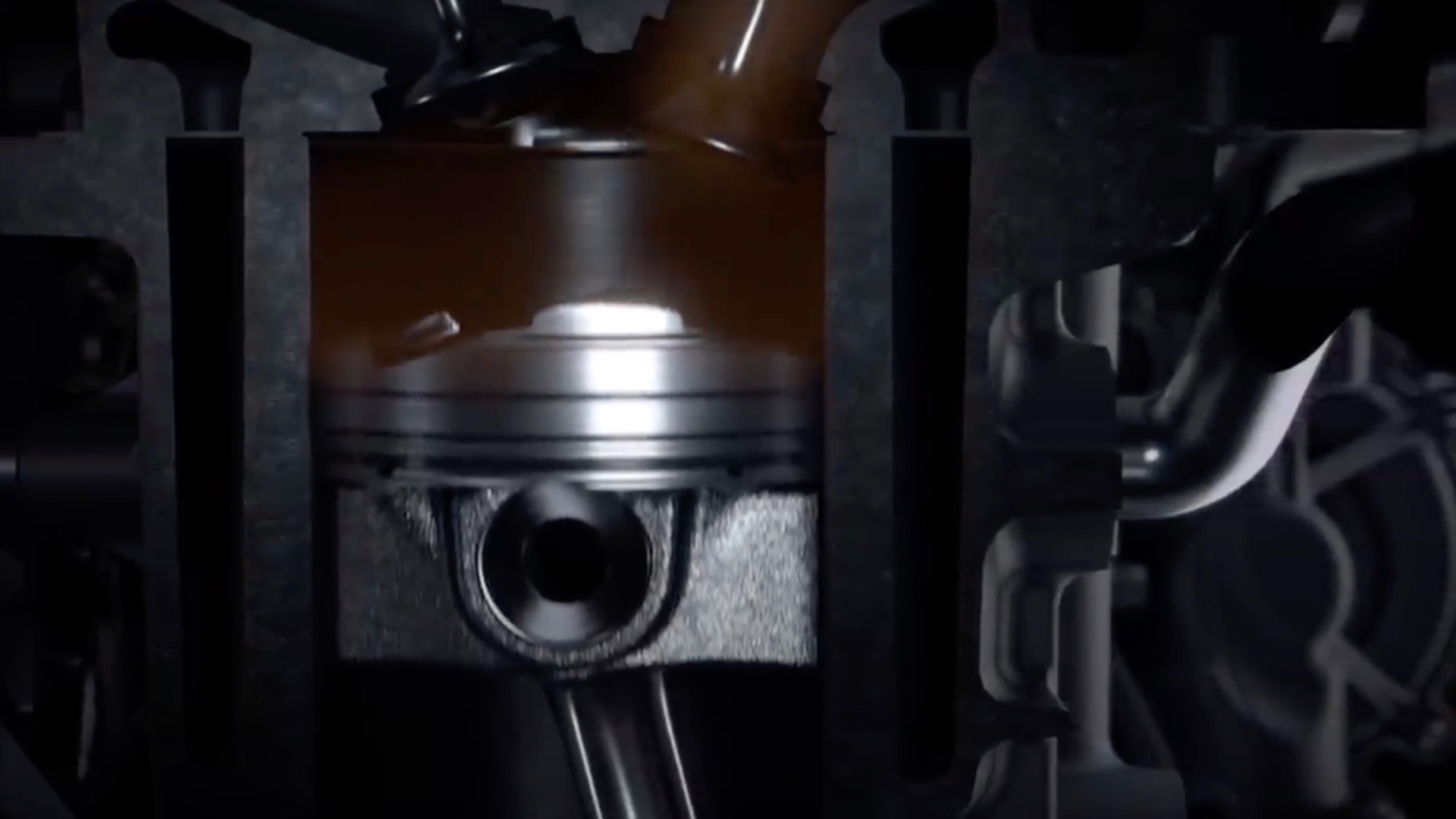
In response to stricter global emissions standards, automakers are looking for new ways to wring every last bit of efficiency out of the internal-combustion engine. In this Engineering Explained video, Jason Fenske discusses how entry ignition tech could keep combustion engines alive a little longer.
Despite the emergence of electric cars, gasoline cars aren't going anywhere just yet. Electric cars are still hampered by high battery costs, lack of charging infrastructure, and low customer interest. Continuing to refine internal-combustion engines is also a less-expensive option for most automakers than a wholesale switch to electric powertrains—for now, at least.
Stricter emissions standards mean automakers still need to find ways to make internal-combustion engines more efficient, though. Entry ignition is a new method of ignition that is meant to do that.
Entry ignition starts by pulling air into the cylinder without fuel and compressing it. This brings the temperature inside the cylinder close to the auto-ignition point of gasoline, meaning the fuel is close to being able to ignite without a spark, but not quite there. That high-pressure, high-temperature air is then sent into a mixing chamber, where fuel is injected.
Slider valves allow the air-fuel mixture to travel from the mixing chamber into the cylinder, where it ignites instantly, hence the name entry ignition.
The efficiency benefits of entry ignition include the ability to use a higher compression ratio than a standard gasoline engine, a lean air-fuel ratio. It also gets more work out of combustion by allowing for greater expansion, which pushes the piston down further.
How much more efficient could an entry-ignition engine be? In an SAE technical paper published in April 2020, researchers estimated that entry ignition could boost thermal efficiency—the percentage of energy converted into work within the engine—to 63%, compared to 49% for a standard Otto-cycle gasoline engine.
However, entry ignition is an unproven technology. Among other things, it uses different-size pistons and cylinders, which could create balance issues, Fenske noted. Furthermore, no production automotive engine has ever used the slider valve called for by entry ignition either, so reliability is also a question mark. It's also worth noting that no automaker has discussed using this technology in a production car yet.
"save" - Google News
June 13, 2020 at 07:08PM
https://ift.tt/2XYAOzi
Could entry ignition tech save the combustion engine? - Motor Authority
"save" - Google News
https://ift.tt/2SvBSrf
https://ift.tt/2zJxCxA
Bagikan Berita Ini















0 Response to "Could entry ignition tech save the combustion engine? - Motor Authority"
Post a Comment